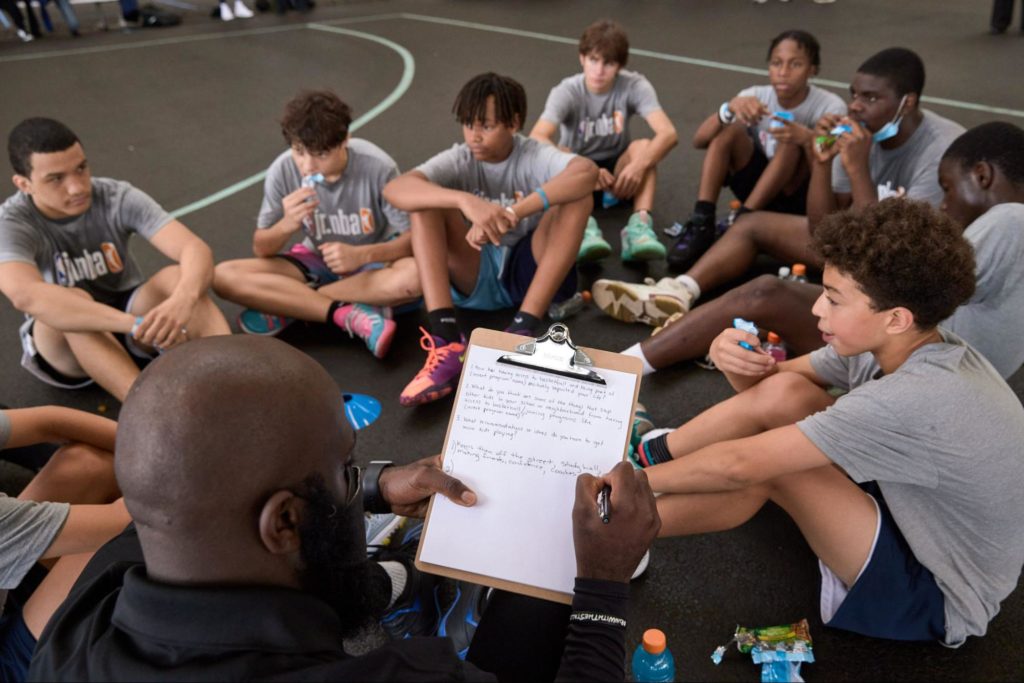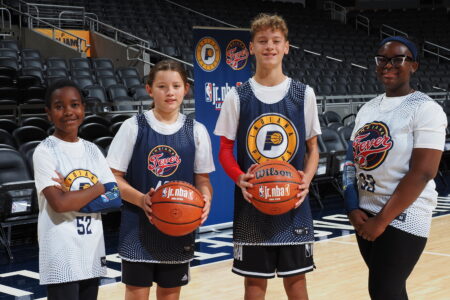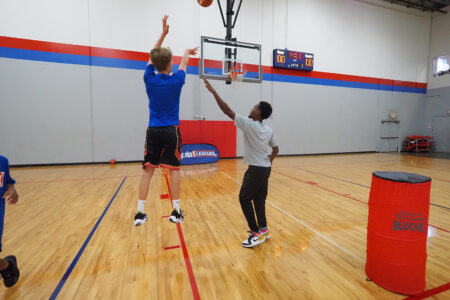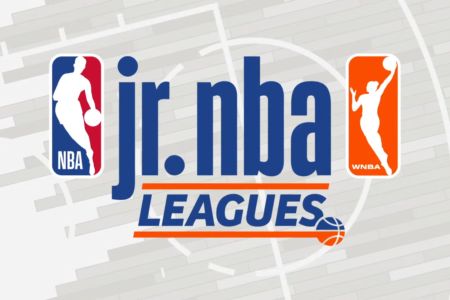Series: Improve Your Mental Game—Goal Setting
11 July 2022
There’s a superpower every successful basketball athlete possesses—and it has nothing to do with their height, speed, or strength.
It’s all about their mentality. From managing pressure to positive self-talk, a healthy mindset is vital to peak athletic performance.
In fact, the Jr. NBA and NBA Academy worked with mental performance coaches in the NBA and WNBA to create Next Level Mentality, a 10-part series designed to help youth athletes improve their mental approach, and individual and team performance.
In this article, we provide an outline of the first guide, called “Goal Setting,” to help you establish and accomplish yours.

Why set goals?
Goals help athletes focus on specific skills, prolong performance persistence, and even foster new learning strategies. Not to mention the added benefits you receive by setting goals, like better time-management and increased confidence and self-esteem.
Here are three rules you can follow to set, keep, and meet your goals.
Rule No. 1: Set specific goals
It’s important to map out goals that are actionable. In other words, specific goals tend to be the ones we can accomplish. Take a look at this one, for example: “Read more.” It’s too general.
Now let’s redefine that to: “Wake up at least 3 days per week at 7am to read 10 pages of my favorite book, ‘Mind Gym.’” See the difference? This goal is realistic and specific—exactly what you should aim for.
Rule No. 2: One goal at a time
Sometimes when we set goals, we tend to get a bit overzealous and take on too many at once (New Year’s Day, anyone?). But beware: the overwhelming desire for self-improvement may leave you feeling defeated before you’ve even begun.
That’s why you always want to start with just one or two goals before setting new ones. And at the end of each month, you can evaluate your performance and adjust from there. Of course, don’t forget to celebrate the wins too!
Rule No. 3: Bucket your goals into categories
Once you find your footing, you can begin to set more goals and map out future ones. When creating them, we suggest grouping your goals into three categories: outcome, performance, and process.
Think of outcome goals as big picture goals. This could be a result or achievement, like winning defensive player of the year. Performance goals are designed to help you achieve your outcome goal. They should be measurable, like six steals and three blocks in your next game.
Finally, process goals are meant to help you list the steps you’re going to take to reach your performance goals. So in this example, a good process goal would be: working on your eye coordination drills every day to help you record more steals and blocks.
To learn more about Next Level Mentality and view the nine other guides, visit Jr. NBA’s website*.
*By clicking the link, you’ll be redirected to Jr.NBA.com. This site has its own Privacy Policy and Terms of Use that you agree to when you visit the site.







